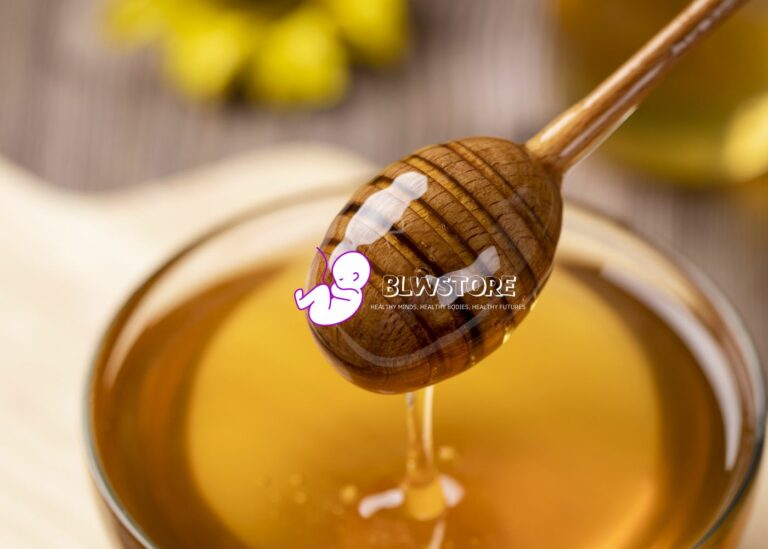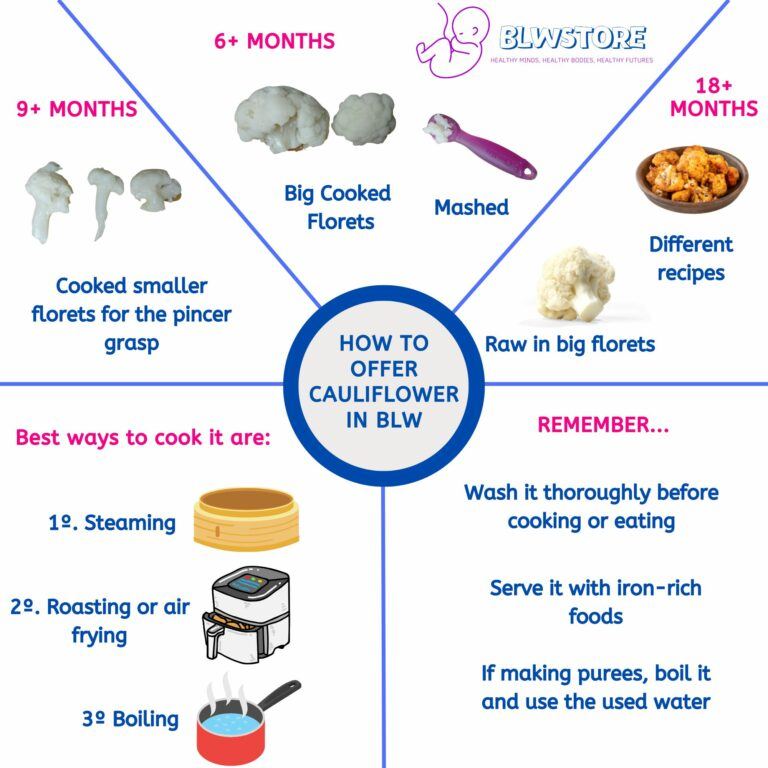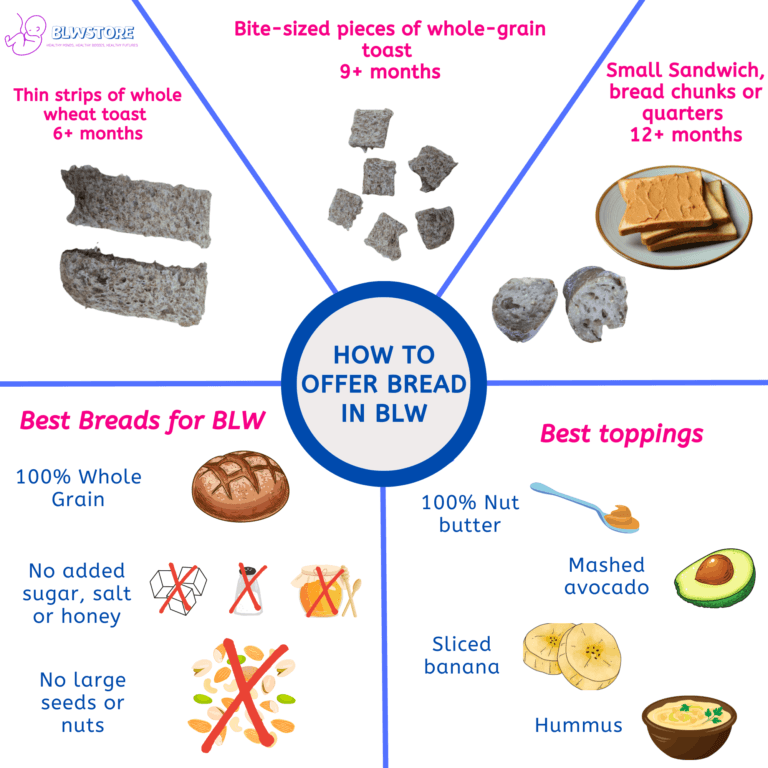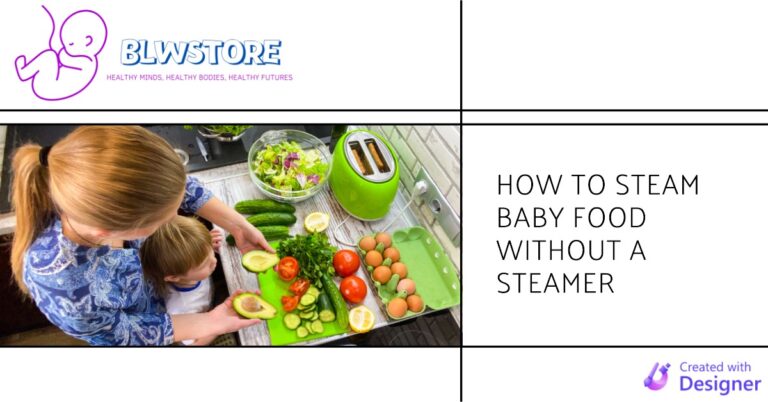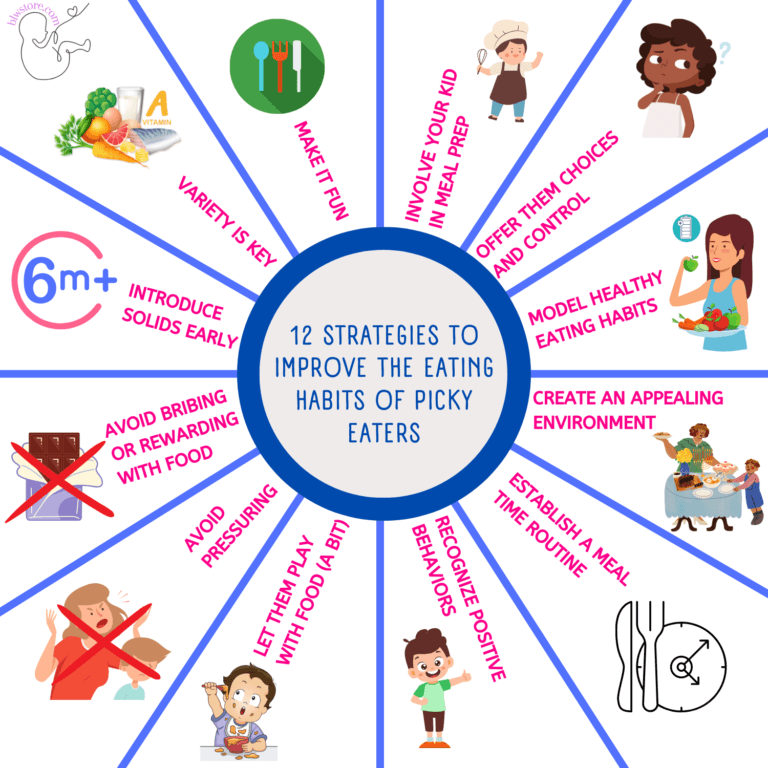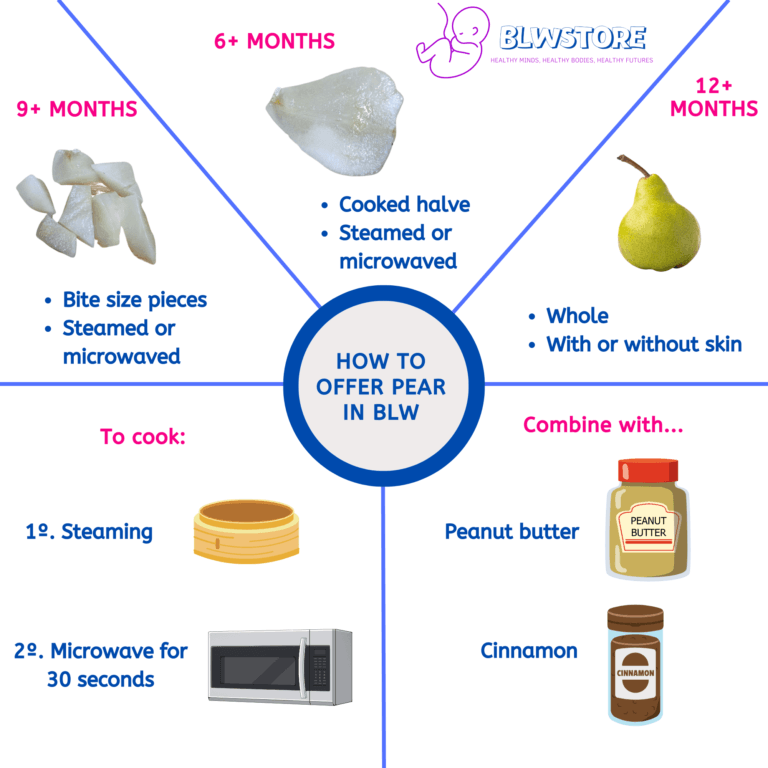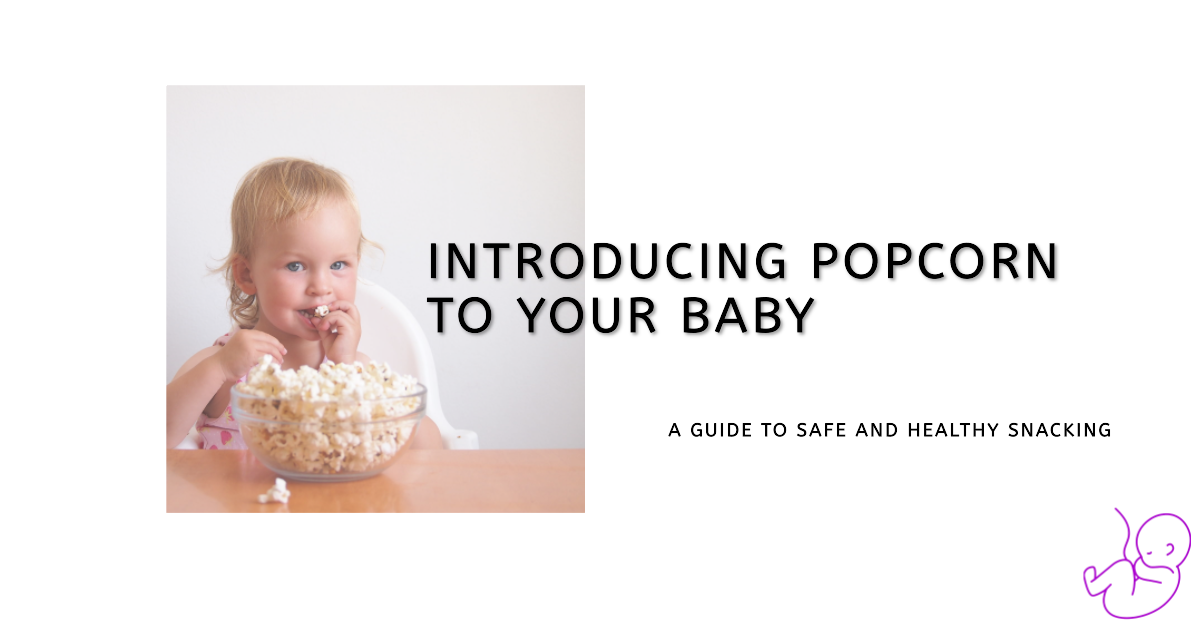
What parent doesn’t like a home-cooked meal with popcorn and a Disney movie with their kids?
However, you may have heard or read that popcorn is not recommended for young children, and it’s true.
In this article, we give you the necessary clues about how and when to introduce popcorn to your little one and include a recipe we like to make sometimes.
Let’s get after it!
Our Short Answer | What We Did with Our Son
Popcorn falls into the group of foods with the highest risk of choking. This is why official recommendations advise waiting until a child is 4 or 5 years old before offering popcorn.
That said, we love the couch, movie and popcorn plan. When our son was 2 1/2, he asked to try popcorn, we offered, and it went great.
We offered popcorn because we were confident in his ability to manage food. We have been practicing BLW since he was 6 months old and he has shown good skills at eating solids from the beginning.
We’re not recommending that you do it, but if you’re like us, and your little one has been eating solids since 6 months, you can give it a try by keeping an eye out.
When Can Babies Eat Popcorn According to Science?
The question of when it’s appropriate for babies to begin eating popcorn requires careful consideration due to the food’s associated risks.
According to pediatric experts, popcorn is high on the list of choking hazards for young children. Scientifically and medically speaking, a child’s ability to safely eat popcorn depends not only on their age but also on the development of their eating skills. These include competencies like managing bite sizes, chewing thoroughly, and not eating hurriedly.
For many children, these skills become stronger and more reliable after 24 months, with a significant leap in ability closer to 36 months of age. Nevertheless, the American Academy of Pediatrics advises that popcorn remains a choking hazard for children under the age of 4 (some pediatricians even say 5).
Even with older toddlers, supervision remains critical. A safe eating environment where the child is seated and not distracted is essential to prevent choking incidents.
Is Popcorn an Allergen?
Corn, the primary ingredient in popcorn, is not generally considered a major allergen. However, corn allergies, though uncommon, do occur. Adverse reactions can range from mild, such as oral allergy symptoms, to severe, including anaphylaxis. Certain individuals with allergies to lipid transfer proteins or chitinase might also experience a corn allergy.
While corn may not be a common allergen, popcorn purchased in stores could contain other ingredients that are. Many commercial popcorn brands include dairy, soy, or other additives that could trigger allergic reactions in sensitive individuals. Additionally, cross-reactivity between corn and other grains like rice, wheat, and barley is possible, although most people with corn allergies can tolerate other grains.
Introducing any new food, including popcorn, should be approached with caution. Start with a minimal amount and monitor for any signs of an allergic response. If none occur, you can gradually increase the serving size over time. Meticulously reading ingredient labels can help you avoid unwanted allergens and ensure a safer snack for your child.
Is Popcorn Healthy?
Popcorn, when prepared properly, can indeed be a healthy snack. It is derived from corn, a whole grain with a natural richness in carbohydrates and dietary fiber. Besides providing energy, the nutrition profile of popcorn includes zinc and vitamin B6, which are vital for supporting the immune system, fostering a healthy gut microbiome, and assisting in metabolism.
Furthermore, popcorn contains antioxidants, specifically polyphenols, which aid the body in defending against various forms of stress. Thus, from a nutritional standpoint, popcorn can have a place in a healthy diet (they are also low in calories)
However, when it comes to babies or young toddlers, the health benefits of popcorn are overshadowed by the significant risk of choking.
How to Offer Popcorn to Kids
Introducing popcorn to kids should be a thoughtful process, aligned with their developmental capabilities. Here’s a step-by-step guide to ensure you do this safely:
- Wait Until They’re Ready: It is recommended to avoid giving popcorn to children under 24 months due to the choking risk. After 24 months, assess if your child has the mature eating skills required to handle popcorn.
- Create a Safe Environment: Always have the child seated and focused when eating popcorn. Avoid serving popcorn during activities that distract them, such as watching TV or playing.
- Select Plain Popcorn: Seasonings on popcorn can be a problem, as fine powders may be inhaled, leading to coughing or choking. Begin with unseasoned popcorn.
- Remove Kernels and Hulls: Ensure that you remove all unpopped and partially popped kernels. Optionally, remove the hulls for added safety.
- Demonstrate and Teach: Show your child how to eat popcorn by chewing with their back teeth and instruct them on checking for and discarding unpopped kernels. Give one piece at a time and wait for them to chew and swallow before offering another.
- Supervise Closely: Maintaining close supervision is crucial when children eat potentially risky foods like popcorn. Guide and monitor them throughout the entire process.
What’s the Best Kind of Popcorn?
The best kind of popcorn, especially for children, is the one that minimizes health risks while delivering nutritional benefits. Here are some key considerations when choosing popcorn:
- Low Sodium and No Added Sugars: Look for popcorn with reduced sodium and without added sugars. Excessive salt and sugar intake is unhealthy for children.
- Whole Grain and Non-GMO: Opt for whole-grain, non-GMO popcorn to ensure a more natural and nutritious choice.
- Organic Options: If possible, select organic popcorn to reduce exposure to pesticides and chemicals often used in conventional farming.
- Minimal Ingredients: The fewer the ingredients, the better. Simple ingredient lists are often indicative of a more natural product.
- Hull-less Varieties: Though no popcorn is entirely hull-less, varieties that tout this feature generally have smaller hulls that are less intrusive and may be easier to manage.
Our Favorite Popcorn Recipe
Healthy Popcorn Trail Mix
Equipment
- 1 Large Mixing Bowl
- 1 Air Popper optional (may use microwave or pan)
Ingredients
- 4 cups Air-popped popcorn
- 1/2 cup Raw nuts (almonds, walnuts, or pecans) You may use cream or butter to reduce risk of choking
- 1/2 cup Dried fruits (cranberries, raisins, or apricots) Use a paste to reduce the choking risk.
- 1/4 cup Dark chocolate chips Melt it to reduce chocking risk.
Instructions
- Pop the Corn: Air-pop the popcorn. If using a stove, use minimal oil.
- Cool the Popcorn: Allow it to cool to room temperature.
- Mix Ingredients: Combine popcorn, nuts, dried fruits, seeds, and chocolate chips in a large bowl.
- Season: Sprinkle with a pinch of sea salt and toss gently.
- Serve: Enjoy immediately.
Frequently Asked Questions
Why is popcorn considered a choking hazard for young children?
Popcorn is considered a choking hazard for young children because the kernels can get stuck in their throats and cause them to choke. Young children may not be able to chew the popcorn properly, which can further increase the risk of choking.
What are some alternative snacks for young children?
There are many alternative snacks that are safer for young children to eat, such as sliced fruit, cheese cubes, yogurt, and soft crackers.
Can popcorn be made safer for young children to eat?
While popcorn is not recommended for young children, some steps can be taken to make it safer for older children and adults to eat. For example, popcorn can be popped using an air popper instead of oil, reducing the risk of choking on hard kernels. Also, some parents soften the popcorn with butter or water to make it less dry and easier to chew.
What other foods should young children avoid for safety reasons?
In addition to popcorn, young children should avoid other choking foods, such as nuts, seeds, and hard candy. It is also essential to avoid giving young children foods that are high in sugar, salt, and fat, as these can contribute to obesity and other health problems later in life.
We’re Maria and Alberto, a married couple and educators who are nutrition enthusiasts. Even before we had kids, we were already crazy about nutrition.
We’d read scientific articles, watch videos from nutritionists, and spend hours listening to nutrition podcasts.
Today, we continue doing this, but in a different way, as we’ve learned to sift through the noise and trends. Nutrition, like any other field of knowledge, the more you read and learn, the more you develop a comprehensive understanding of reality, and that’s what has happened to us.
Before having our first child, we focused on learning everything we could about child nutrition, using the same techniques we had already employed, backed by our extensive knowledge in nutrition.
Our mission is to help other parents with their children’s nutrition, to help them become the best versions of themselves.
If we are what we eat and drink, which is absolutely true, let’s do it right!


